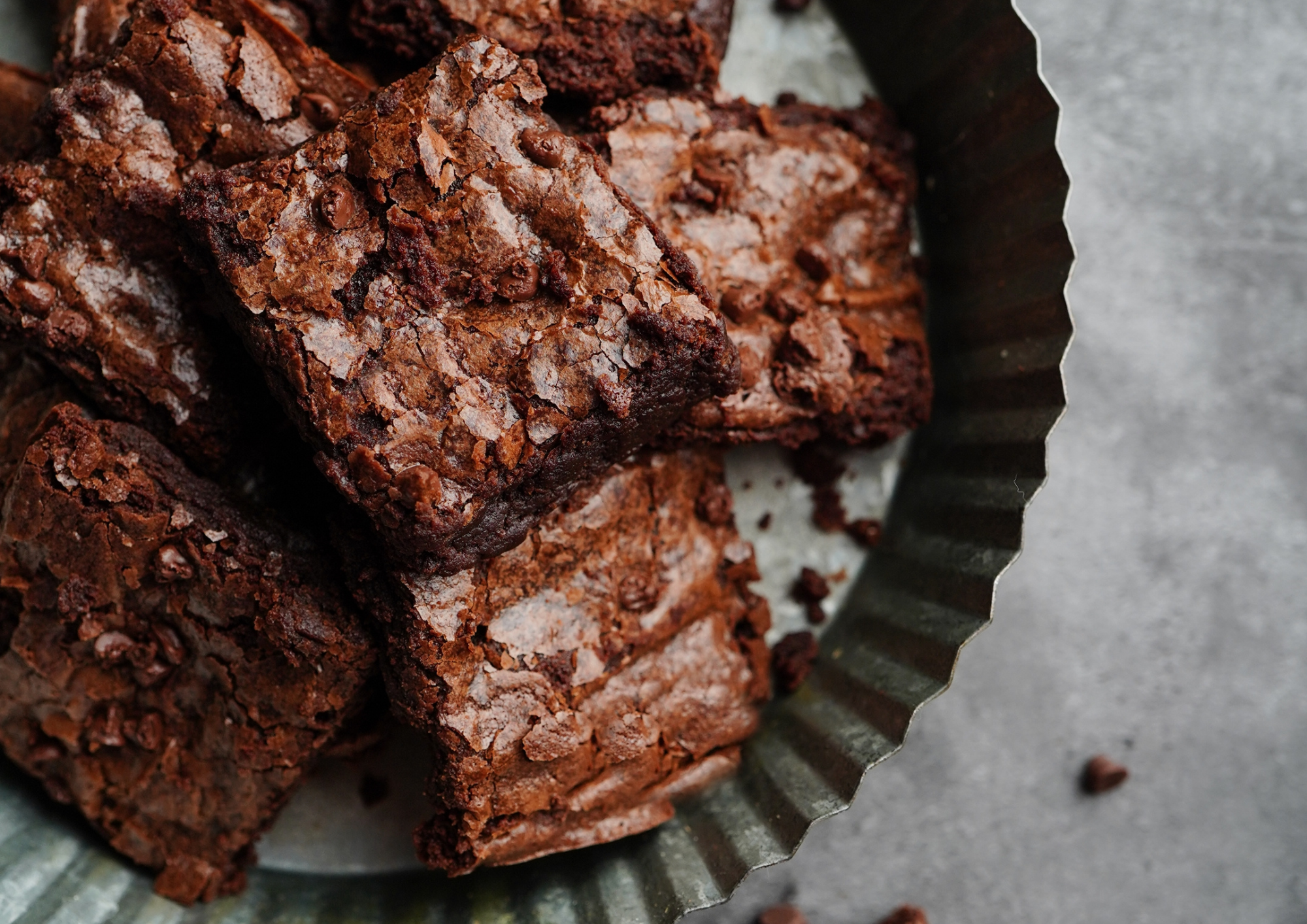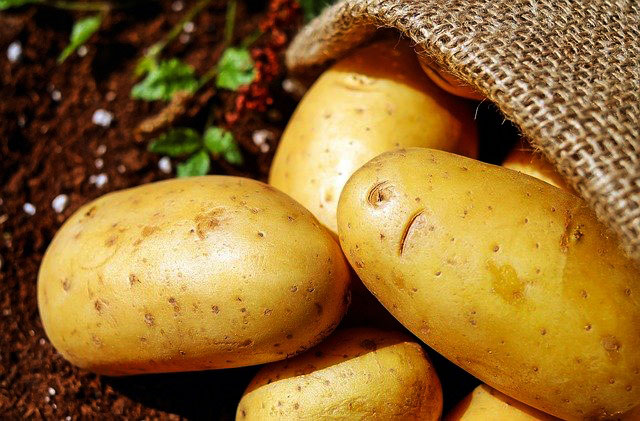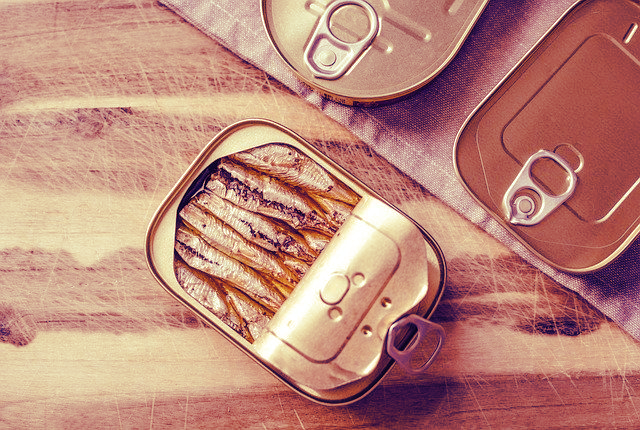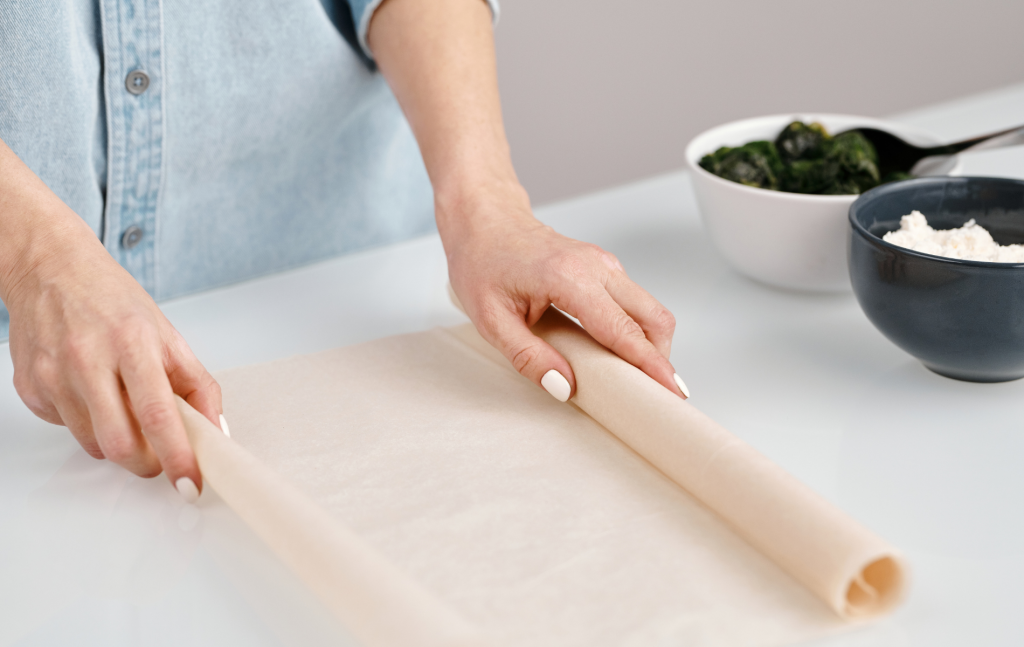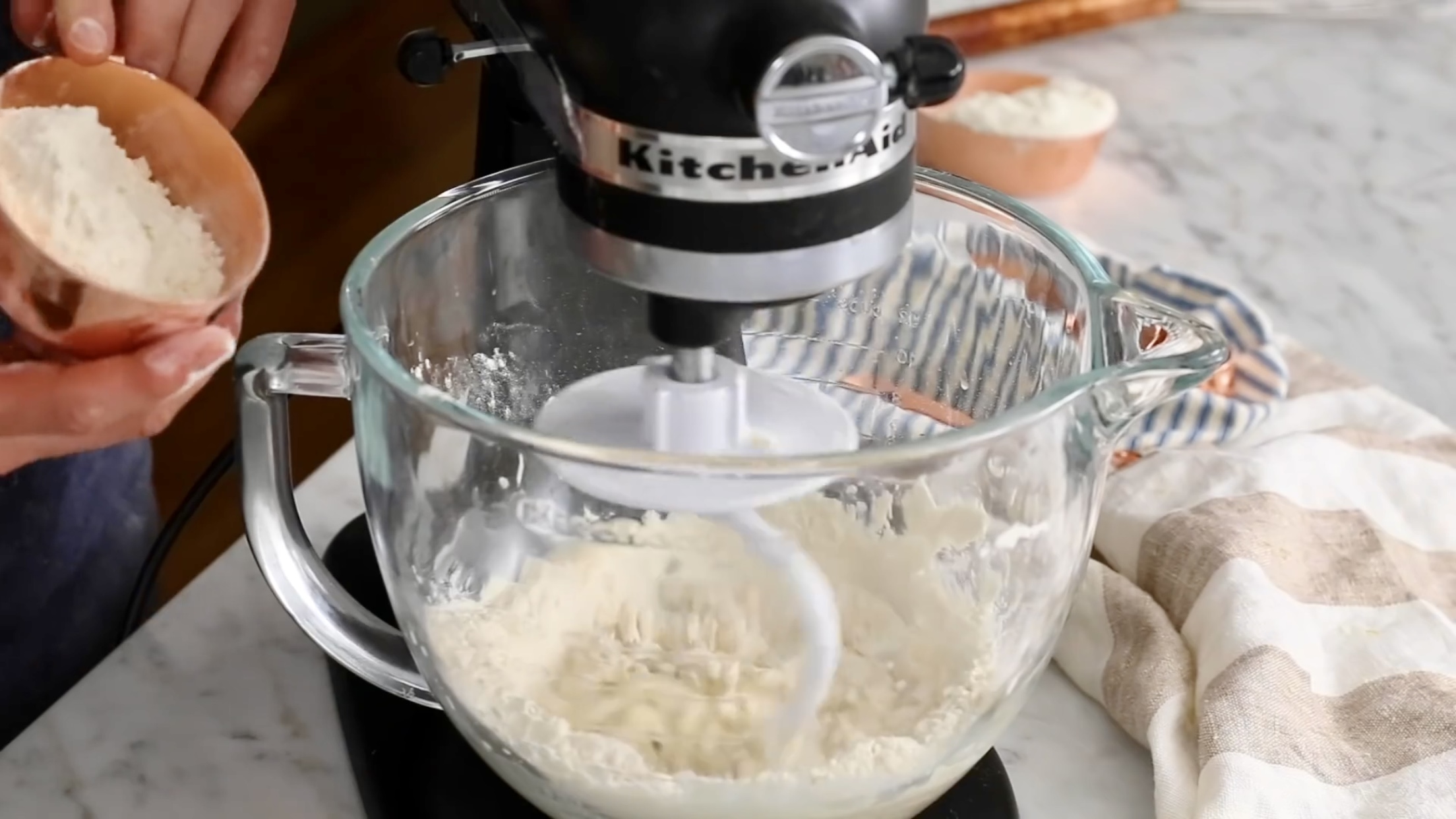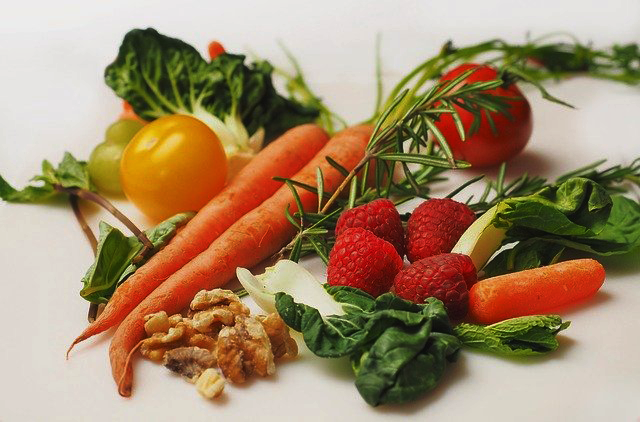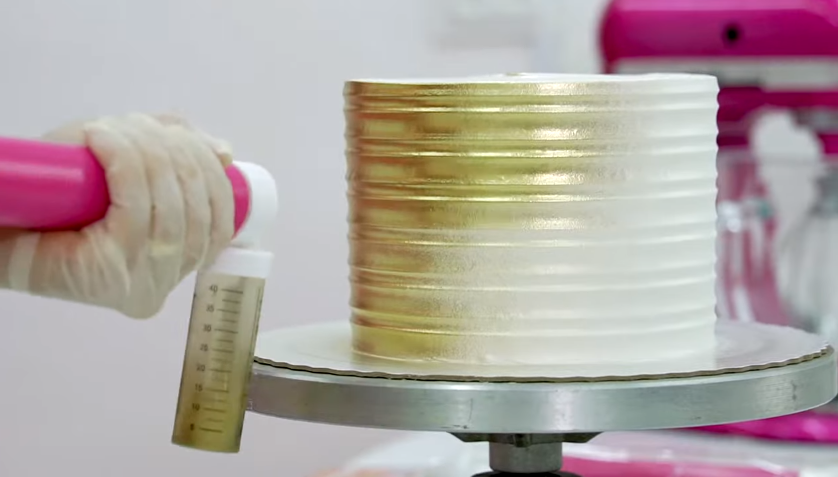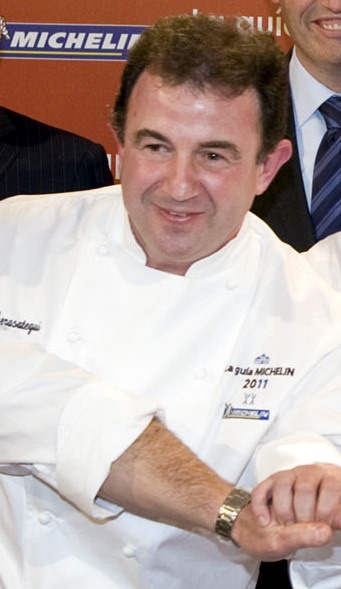Though compared to clams, scallops, and abalone (another kind of ocean snail), conch has a distinctive flavor and texture. Norman Van Aken, chef of Norman's restaurant, says, "It’s like an exotic clam, but less salty, less sweet. And it's a very firm textured mollusk."
Conch is most commonly used in seviche (a raw, citrus marinade dish), used raw in salads, breaded and pan-fried for fritters, or cooked in stews and gumbos.
Good conch should be white with pink and orange edges. Avoid conch with a grayish color. Like other seafood, conch should not smell fishy. If there are any dark pieces of skin, trim them off. Because of its firm texture, conch needs to be tenderized before being cooked. This can be accomplished by placing the meat between pieces of plastic wrap and giving it a good pounding with a mallet. How much is too much? Don’t beat it to a pulp - smooth and flatten it to the desired thickness.
When it comes to cooking conch, treat it like squid: either barely cook it, or cook the heck out of it. After heating briefly, conch will begin to toughen until essentially inedible. However, after being cooked for a while (simmered for about an hour in a stew, for example) the conch will become tender again.
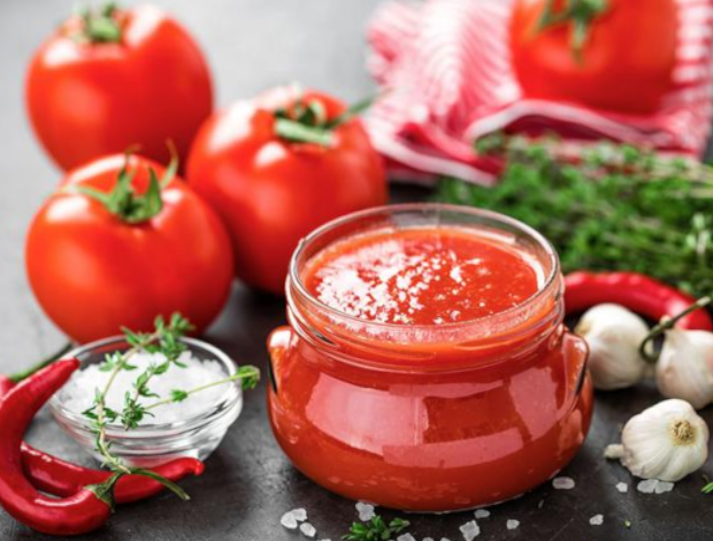
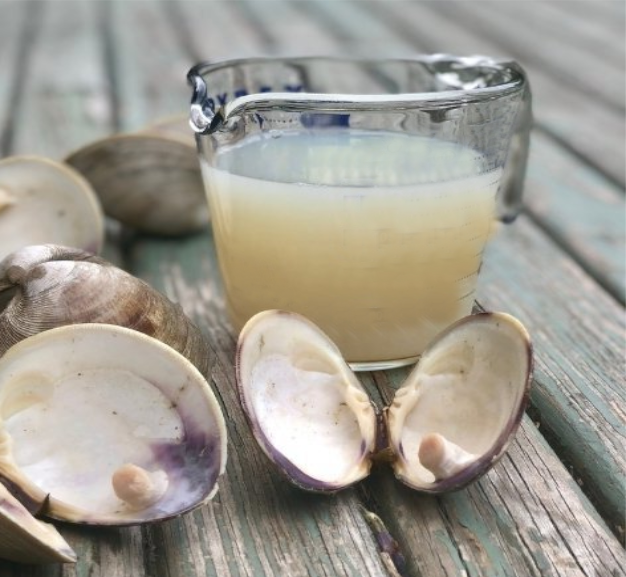
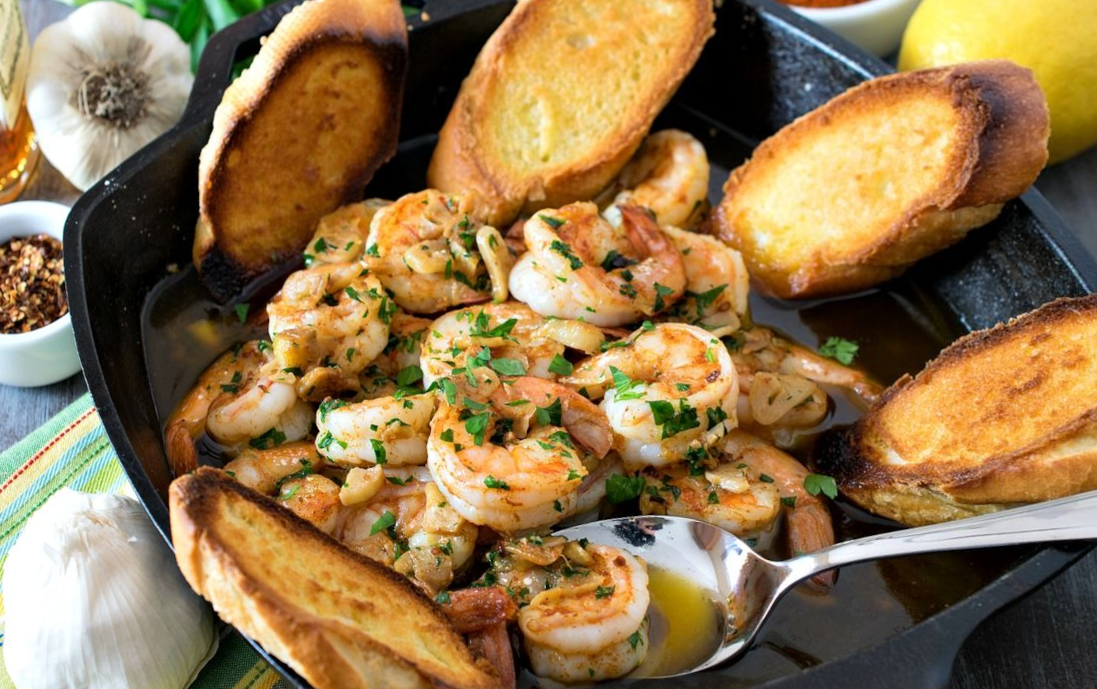

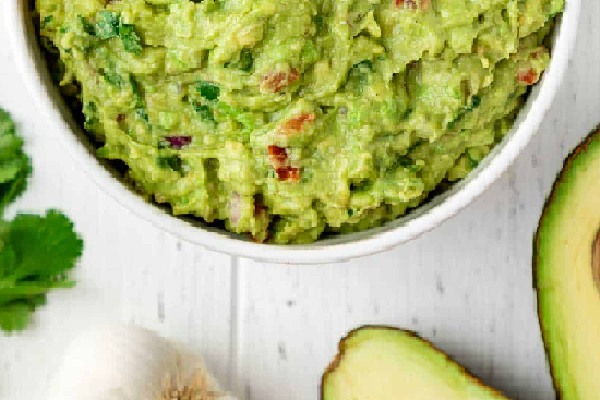
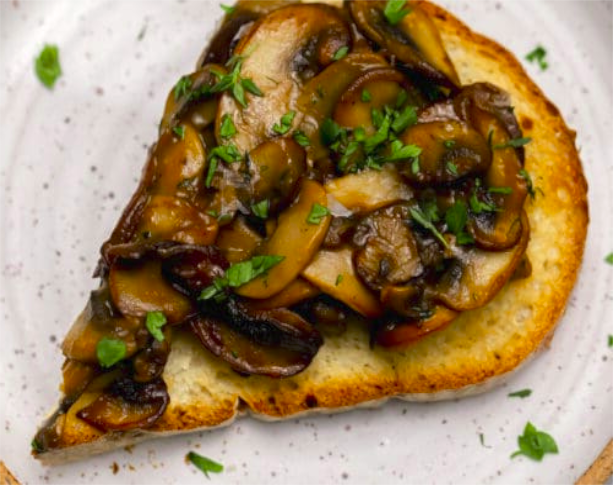
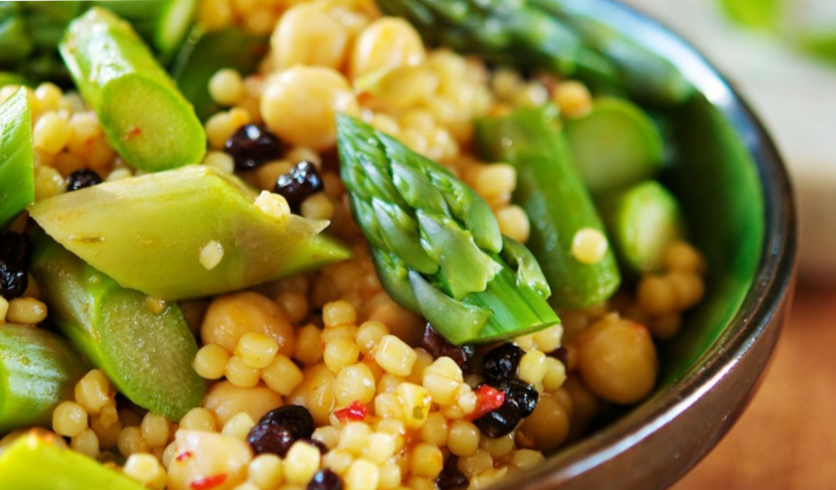

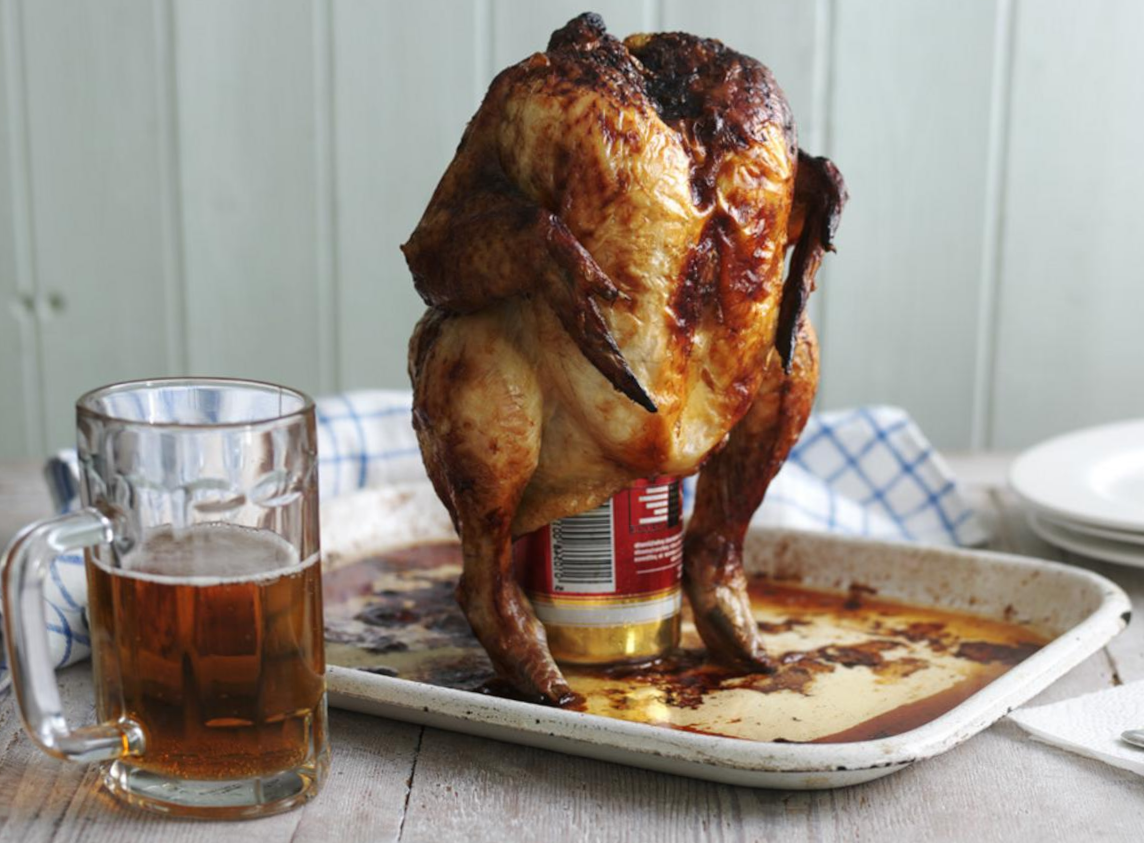
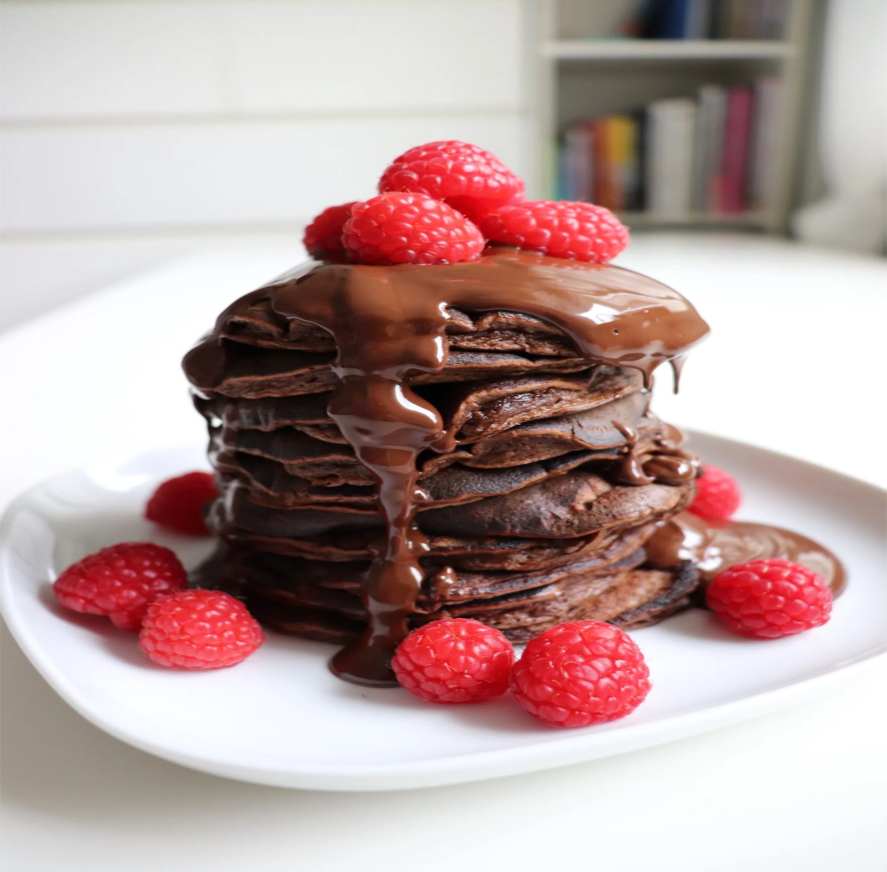
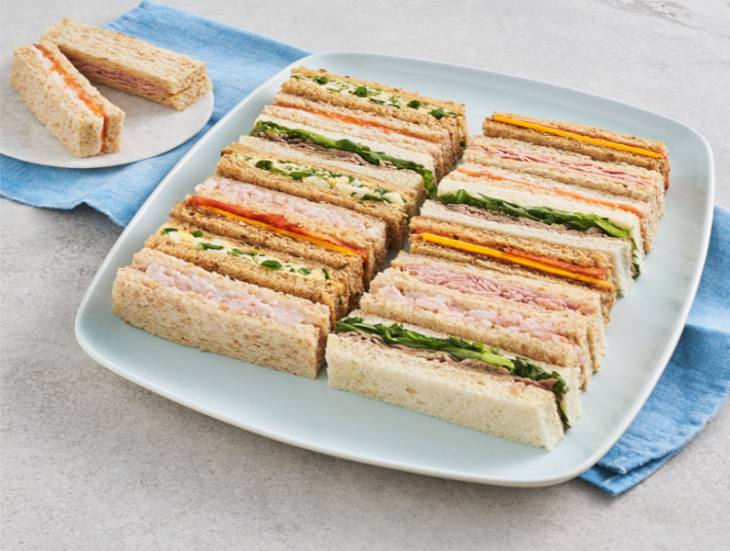




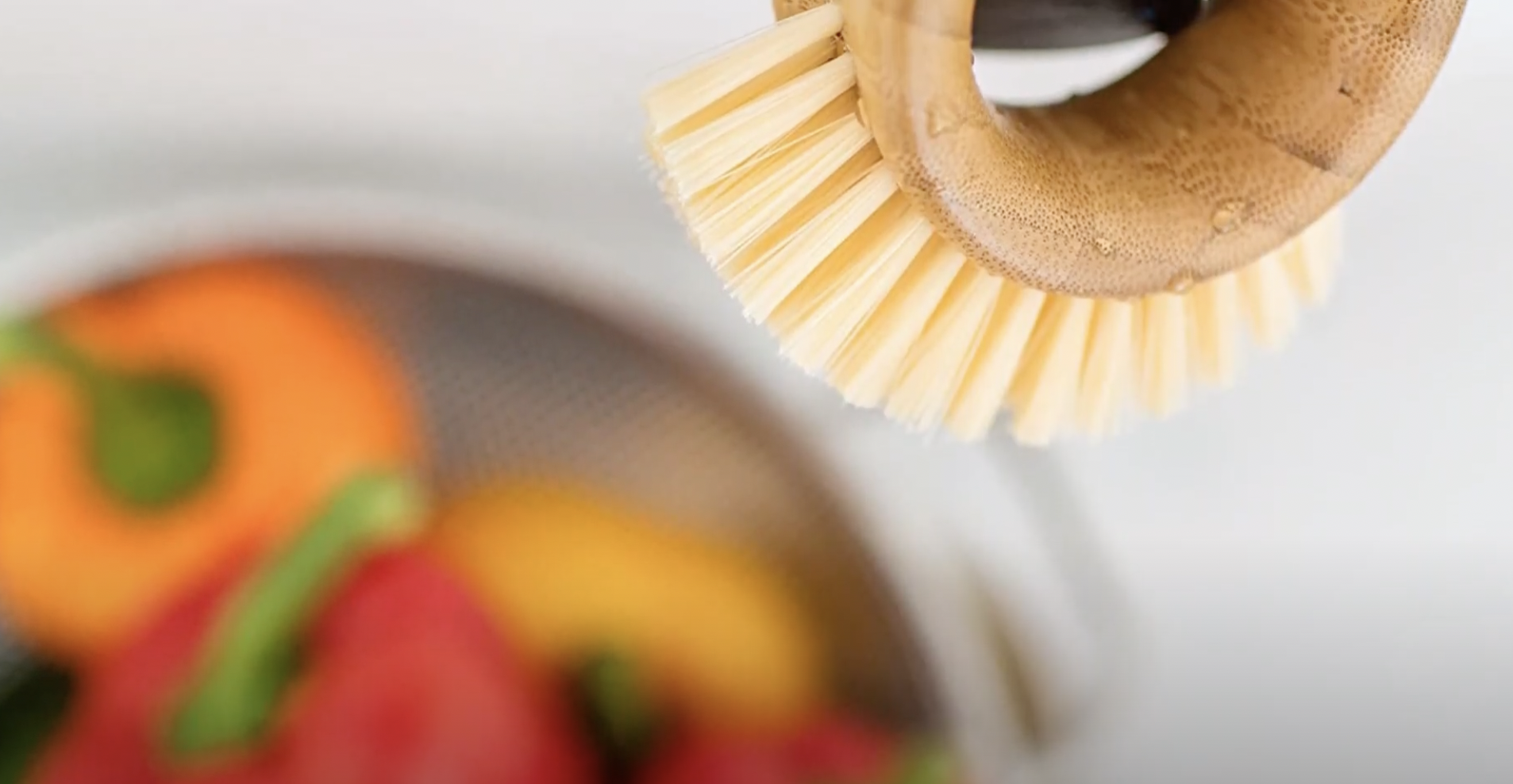
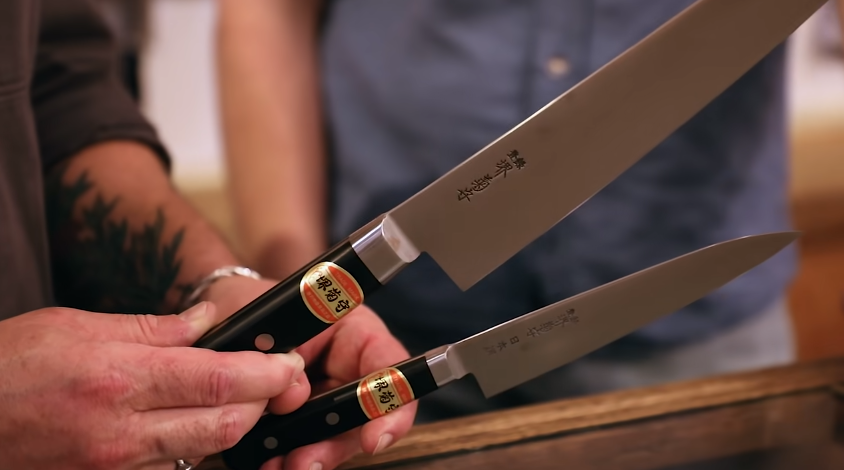
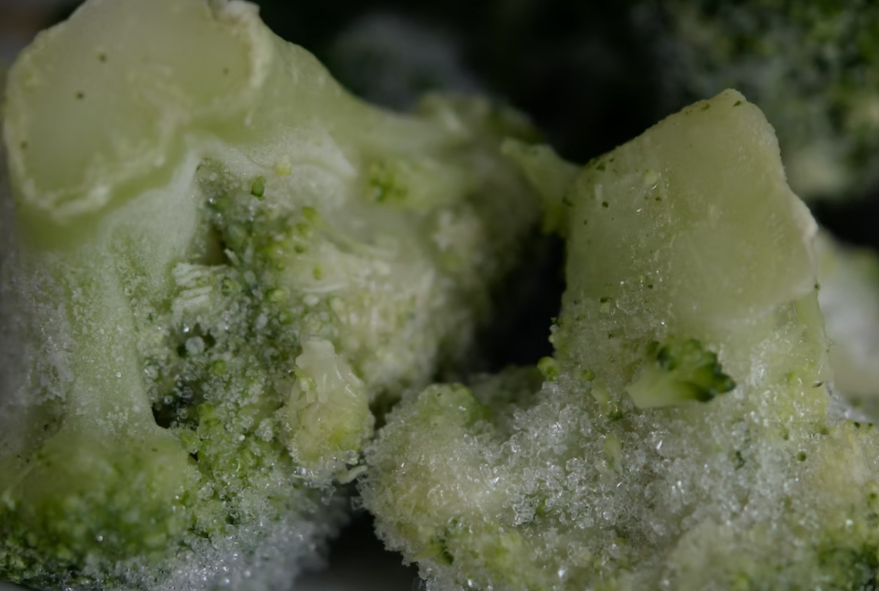
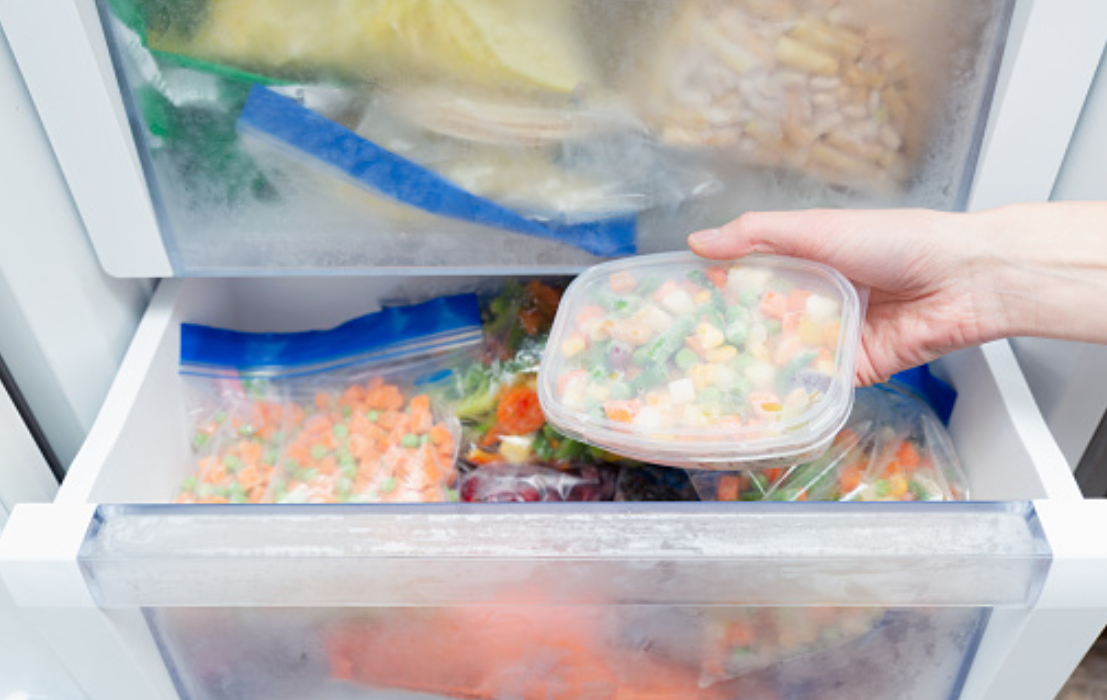
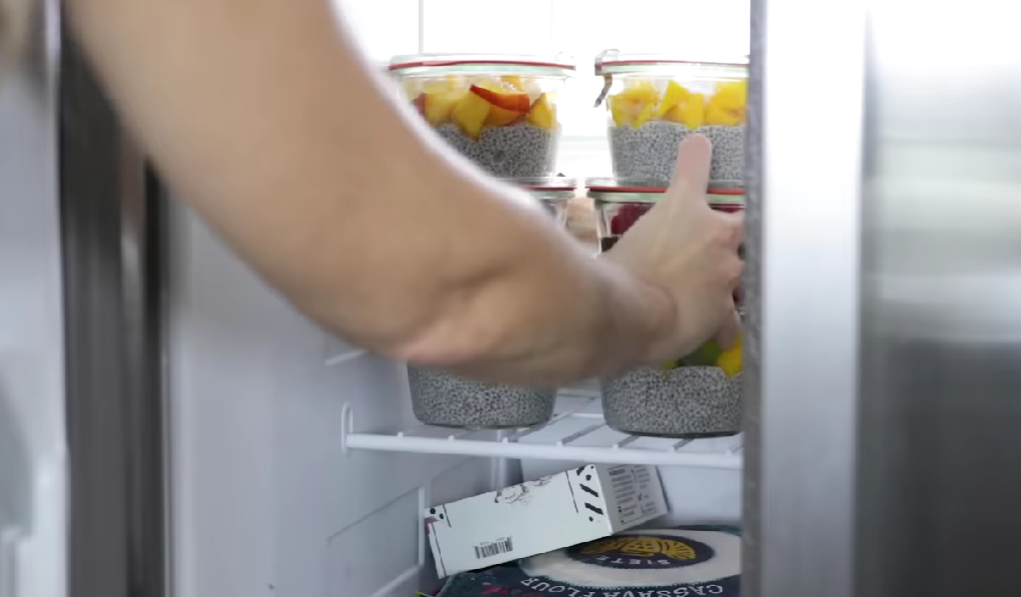
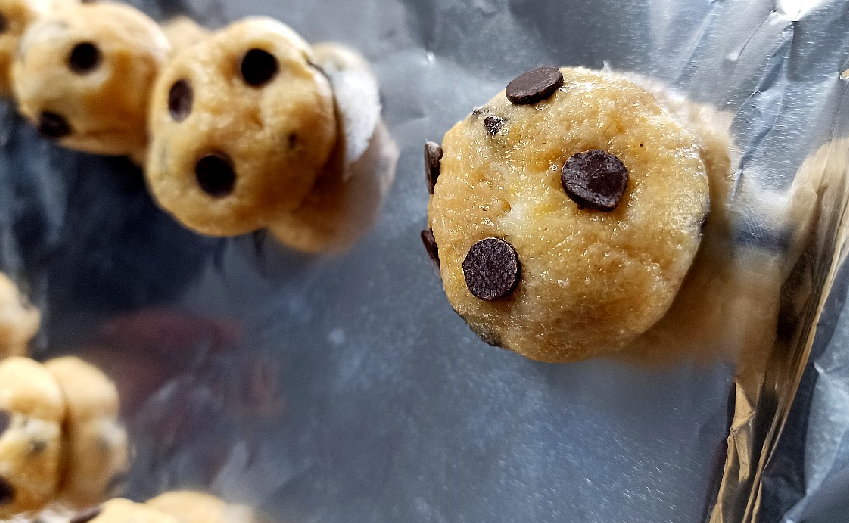
![Can you Cook Eggs in the Microwave? [Complete Guide]](/assets/images/c1f79d1cad59f18f9b5dc31403bd0eb2.png)
